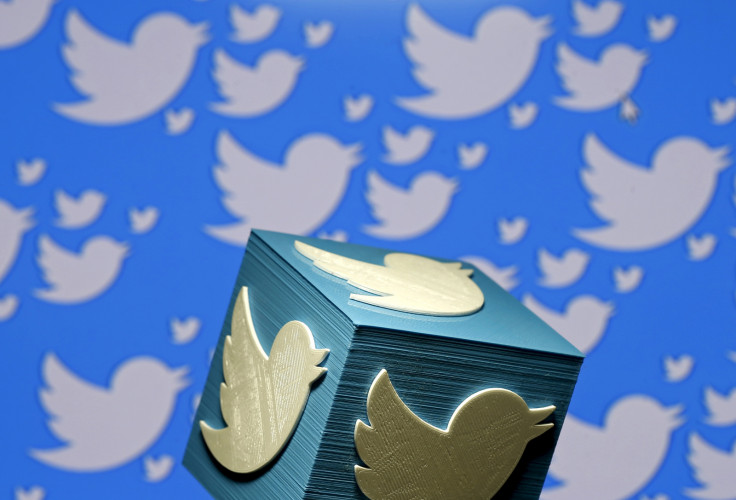Twitter, Instagram set to crack down on fake news and abusive content
The social networks are working to vet out abuse and fake news after complaints from users around the world.
While social networks such as Twitter and Instagram are known to be "free spaces," they have been repeatedly called out for failing to arrest the spread of hatred, abuse and fake news. After a slew of protests from users and even National Governments, Twitter and Instagram are finally taking steps to weed out abuse and to check fake posts.
On Friday, Twitter announced through its official support channel that they are testing out a filter which will send messages with abusive words to a folder marked "additional messages."
The social media giant stated in a post on the @TwitterSupport channel on Friday: "Unwanted messages aren't fun. So, we're testing a filter in your DM requests to keep those out of sight, out of mind."
The filter will work by hiding the first few lines of a suspect message and replacing them by the message: "This message is hidden because it may contain offensive content."
Users can still see these messages, but only if they opt to see them specifically.
Instagram is also working on flagging false content. It will do so on the basis of user feedback and other signals. The company has allowed users to report content that they believe is false. The content that has been flagged is then analyzed and further used to train Artificial Intelligence to spot such content.
A new three-point menu has been introduced, which will be available above every post. To flag a false post, users will have to select "it's inappropriate" and then choose "false information."
A post that has been flagged will not be deleted but downgraded on the Explore tab and hashtag pages. The post creator will not be notified if his post is under review. Users will only be notified if his/her post is deemed as false.

Instagram will also access tools from its parent company, Facebook, and use the same fact-checkers that its parent network uses.
Steps taken by both Twitter and Instagram are not expected to make a huge impact but are expected to help social media build better detection tools in the long run.
© Copyright IBTimes 2025. All rights reserved.





















